Analysis of IPhone's Marketing Strategy in China
DOI: 10.23977/ieim.2023.060403 | Downloads: 737 | Views: 7235
Author(s)
Shiqi Zhang 1
Affiliation(s)
1 School of International Business, Southwestern University of Finance and Economics, Liutai Avenue, Chengdu, China
Corresponding Author
Shiqi ZhangABSTRACT
The iPhone's success in China is largely due to its marketing strategies, which include product strategy, price strategy, channel strategy, promotion strategy and service strategy. Although iPhone was a huge success in the early days of its entry into the Chinese market and its market share in China soared, the iPhone myth only lasted until 2015. Apple had made a series of marketing changes aimed at Chinese consumers in order to maintain its position in the Chinese market after its market share and revenue plummeted in 2016. Over the past two years, iPhone's position in the Chinese market had gradually recovered. Through the analysis of iPhone marketing strategy in China, this paper summarizes several successful experiences of iPhone, in order to provide certain reference for domestic mobile phone market competition and international marketing.
KEYWORDS
International marketing, iPhone, marketing strategyCITE THIS PAPER
Shiqi Zhang, Analysis of IPhone's Marketing Strategy in China. Industrial Engineering and Innovation Management (2023) Vol. 6: 21-26. DOI: http://dx.doi.org/10.23977/ieim.2023.060403.
REFERENCES
[1] Sun, G., Li, J., Cheng, ZM., D'Alessandro, S., Johnson, L. (2021) Consumer personality factors and iPhone consumption in China. Journal of Consumer Behaviour, 20 (4), pp. 862-870.
[2] Jonathan Ivy (2008) A new higher education marketing mix: the 7Ps for MBA marketing. International Journal of Educational Management, 22 (4), pp. 288-299.
[3] VANWATERSCHOOT, W., VANDENBULTE, C (1992) THE 4P CLASSIFICATION OF THE MARKETING MIX REVISITED. Journal of Marketing, 56 (4), pp. 83-93.
[4] Queiroz, LR. (2018) IPhone, Android, and the smartphone culture consolidation: the role of the IPhone and the Android Operating System as consolidation catalysts in the global scale smartphone market. Revista Tecnologia e Sociedade, 14 (30), pp. 47-70.
[5] Shavandi, H., Zare, AG. (2013) Analyzing the price skimming strategy for new product pricing. Scientia Iranica, 20 (6), pp. 2099-2108.
[6] Dong Rong, Wang Nengmin, Jiang Bin, He Qidong (2023) Within-brand or cross-brand: The trade-in option under consumer switching costs. International Journal of Production Economics, 255.
[7] Xu, XB,. Chen, R., Zhang, J. (2019) Effectiveness of trade-ins and price discounts: A moderating role of substitutability. Journal of Economic Psychology, 70, pp. 80-89.
[8] Korkeamaki, T., Takalo, T. (2013) Valuation of Innovation and Intellectual Property: The Case of iPhone. European Management Review, 10 (4), pp. 197-210.
[9] Pulka, L. (2020) Personalized Advertising of the iPhone X as a Communication Microcosmos. Academic Journal of Modern Philology, 10, pp. 193-206.
[10] Ap. Dijksterhuis, Pamela K. Smith, Rick B. van Baaren, Daniël H.J. Wigboldus (2005) The Unconscious Consumer: Effects of Environment on Consumer Behavior. Journal of Consumer Psychology, 15 (3), pp. 193-202.
| Downloads: | 26687 |
|---|---|
| Visits: | 784065 |
Sponsors, Associates, and Links
-
Information Systems and Economics

-
Accounting, Auditing and Finance
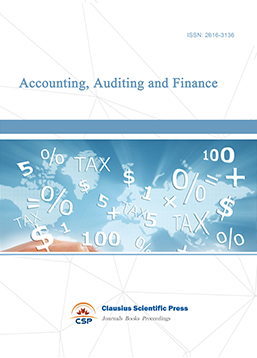
-
Tourism Management and Technology Economy
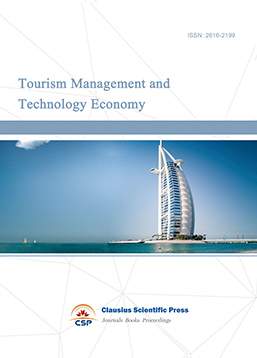
-
Journal of Computational and Financial Econometrics
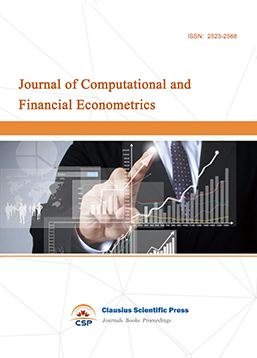
-
Financial Engineering and Risk Management

-
Accounting and Corporate Management

-
Social Security and Administration Management

-
Population, Resources & Environmental Economics
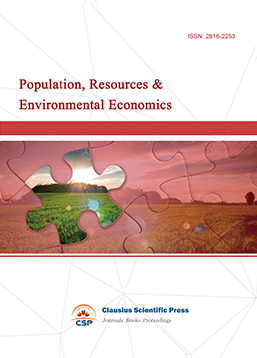
-
Statistics & Quantitative Economics
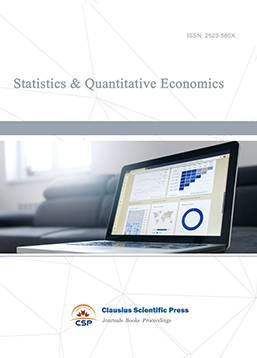
-
Agricultural & Forestry Economics and Management

-
Social Medicine and Health Management
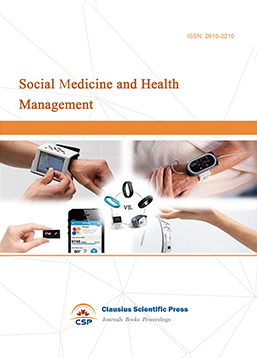
-
Land Resource Management

-
Information, Library and Archival Science

-
Journal of Human Resource Development

-
Manufacturing and Service Operations Management

-
Operational Research and Cybernetics


 Download as PDF
Download as PDF